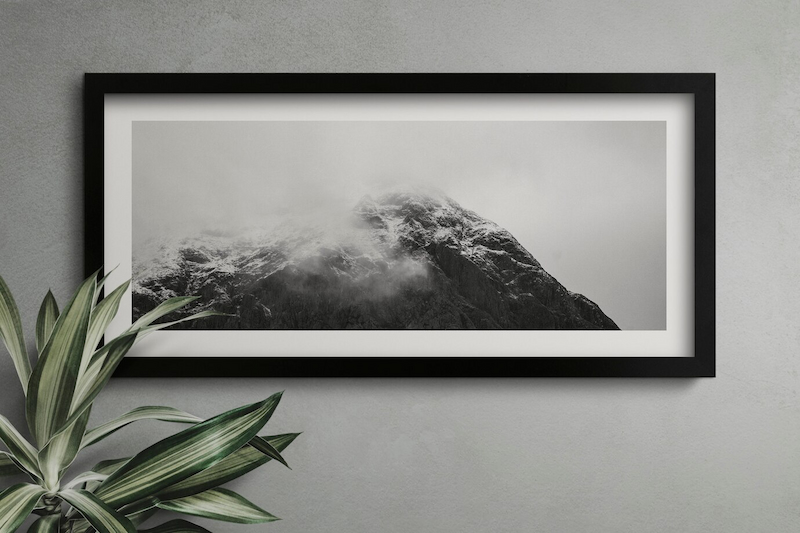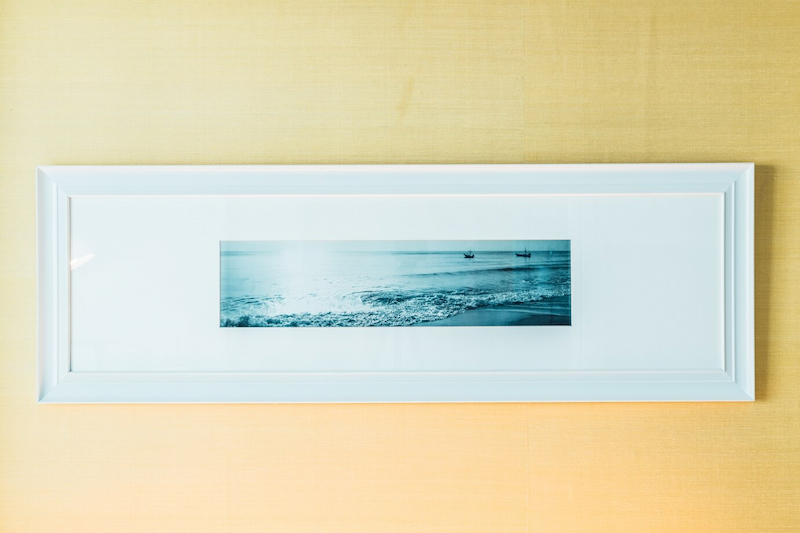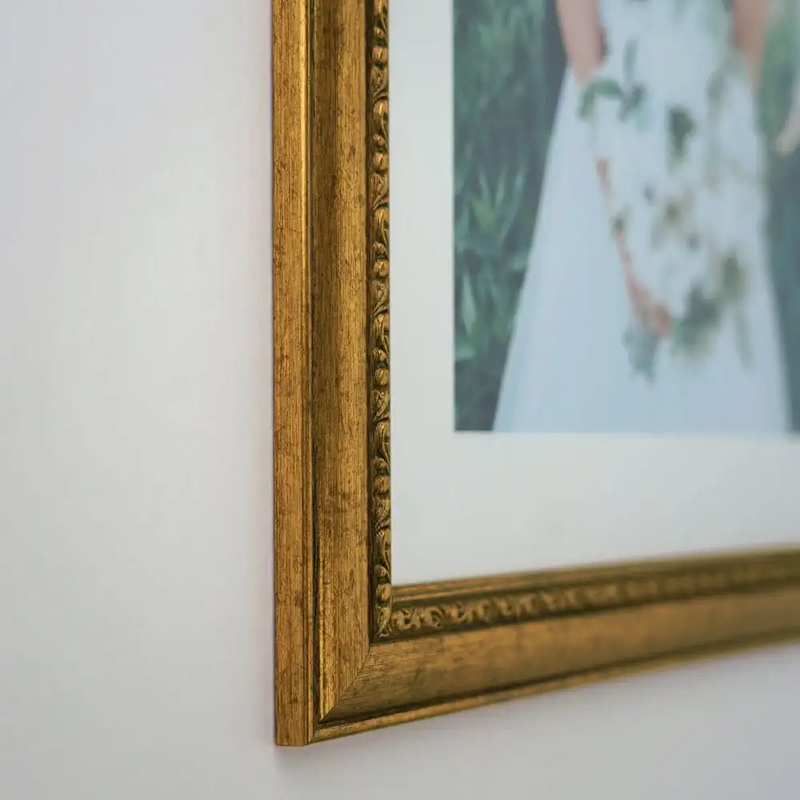One of the best ways to preserve your precious photos and artwork is to frame it. Apart from its aesthetic features, frames should focus attention on the artwork and family memorabilia, as well as protect it from environmental factors that could affect its appearance over time. All in all, framing is an art in itself and picking the right one can greatly enhance the appearance of what you will be framing.
But picture frames are now available in a wide range of options, so finding the ideal type might be a daunting task. To help you choose right, there are some crucial points to take into consideration.
When in Doubt Choose Panoramic

Display your most precious memories with style or make your artwork stand out with a stunning frame in a panoramic style. Wide aspect ratio photographs are the ideal fit for panoramic frames. Mobile phones are frequently used to snap these kinds of panorama pictures, or they can even be created from a series of images that have been stitched together using specialised software or apps.
An extra wide panorama landscape shot you take can make for an incredible wall display and help you envisage that famous, picturesque scene in all of its beauty and grandeur. Choosing the right size is the first step towards framing your panoramic picture. The sizes range from 8×16 inches (20×40 cm) to 16×40 inches (40×101 cm), and in certain situations, larger.
Selecting an extra wide panoramic frame with a mat board border—also known as a “mount board” or “window mat”—is also preferable whenever at all possible.
There are two practical uses for a mat board inside a picture frame. First of all, a mat board can help create a visible space between the panorama photo’s outside edges and the inside picture frame, which will aid in creating an artistic balance and proportion for the viewer.
Second, by gently raising the glass away from any direct contact with the image within the picture frame, a high-quality acid-free mat board will also aid in protecting your landscape photo. If a photo comes into direct contact with the glass, it could laminate itself (stick) to the glass creating damage over time.
When selecting the right frame that’s panoramic go with something that will go well with the wide format photo’s subject and colour scheme in addition to your flair. Black, white, or natural wood are typically the most popular choices because they are all timeless and traditional frame colours that go well with a variety of décor designs.
What Will You Be Framing?

Starting your adventure with this straightforward query is important from the same start. Are you framing an expensive or unique item? If this is the case, selecting a high-quality frame is crucial to maintaining the artwork or picture for many years to come. For less significant goods (like inexpensive digital images that can be trimmed to size), inexpensive store-bought frames can serve as a temporary fix; however, if you’re framing something personal or truly valuable, it’s worthwhile to invest in a premium bespoke frame.
The thickness of the object you’re framing is another factor to take into account. Is it a piece of flat art or are you framing a thicker object such as a sports jersey or canvas? Generally speaking, thicker objects work better on a canvas.
Material and Colour

The type of frame material can be a real dealmaker or breaker when making the right selection. An improperly framed piece of art could overwhelm it or fail to give it the attention it merits. While it’s crucial to choose a frame that contrasts less strikingly with your artwork, frames that are overly cluttered with decorations or too close in colour should also be avoided. Consider how a frame can best display the piece; for instance, a light painting can be made to stand out by creating contrast with a dark frame.
Classical subject matter paintings look great in either an elegant dark wood frame or a classic gold-leafed frame. Paintings that are lighter or more abstract typically look better in simpler frames, like a box frame with a thin border.
When it comes to adding colour with a frame, black or white are always excellent options. Simple black frames can give drama and depth, and white frames go well with brightly coloured artwork and white walls. Both work well with most interiors and subject topics.
Glazing Options
The glazing is the portion of the frame that “covers” your image or artwork while allowing you to see what’s inside. Making the right glazing material choice will ensure that your artwork or memorabilia is preserved and on display for many years to come.
Covers are typically made of glass or acrylic. Glass is the more traditional option. It can provide a fantastic clear finish and successfully safeguard your images, but it is brittle and needs to be handled and packed with care. Acrylic, on the other hand, looks like glass but is lighter, stronger, and less likely to break.
Backing Type
Even though the backdrop of your framed picture or artwork is normally hidden, it is still a crucial component of the framing process. In general, three different types of support are offered.
The most common and secure substitute for supporting material is foam board, often known as foam core or mount board. It is quite popular because it is lightweight, easy to work with, and can suit practically any frame size. Furthermore, an acid-free foam board is available, which is essential if you want to keep your artwork from corroding.
Despite being strong and lightweight, several types of cardboard have a high acidity. Therefore, do not frame sentimental or valuable photos in them.


Leave a comment